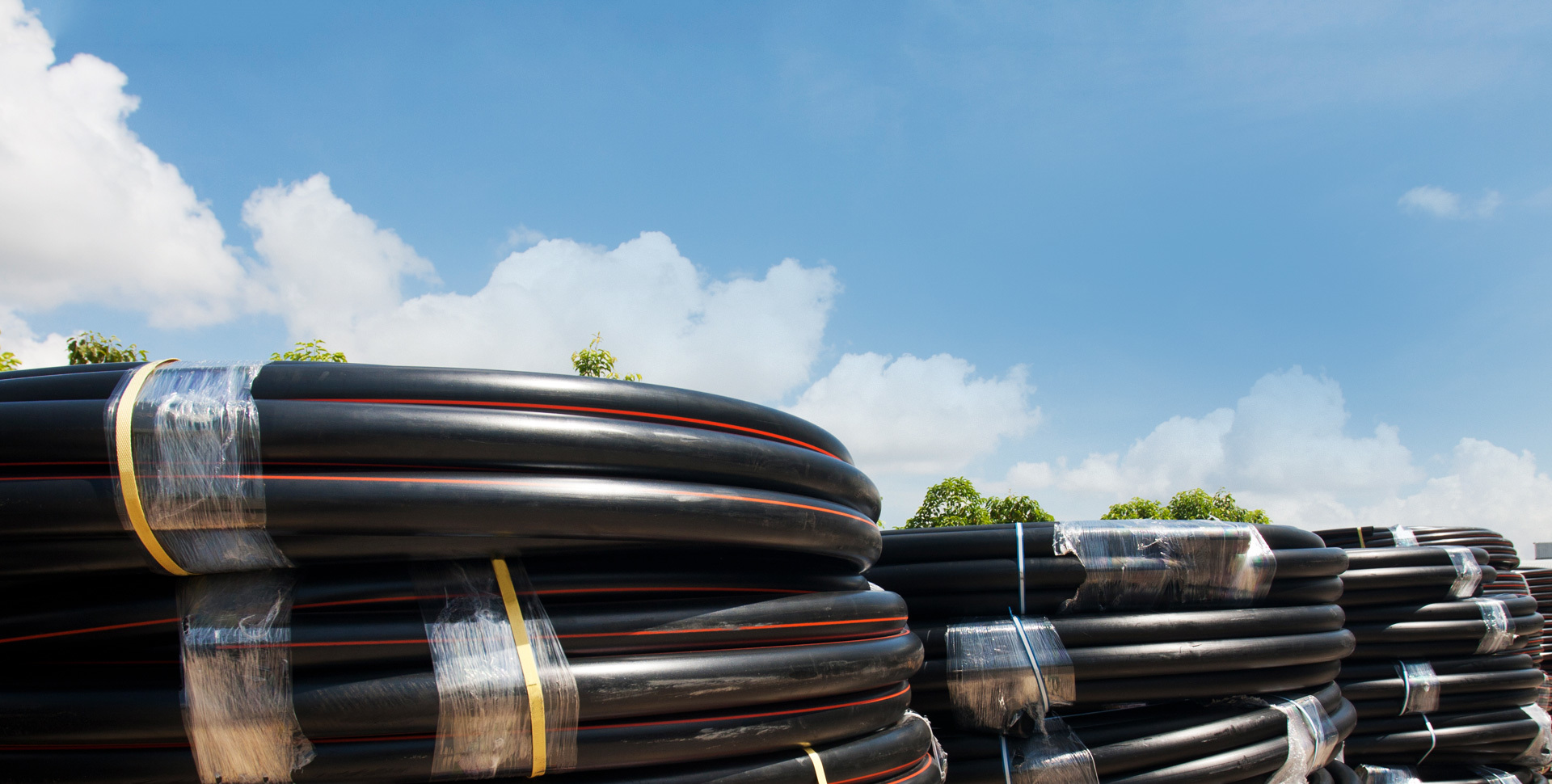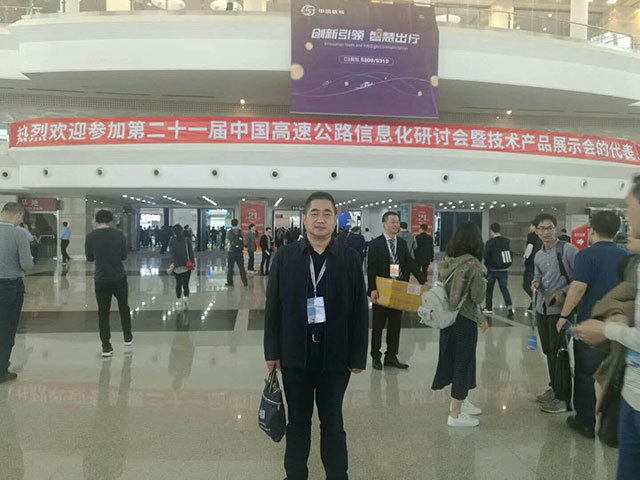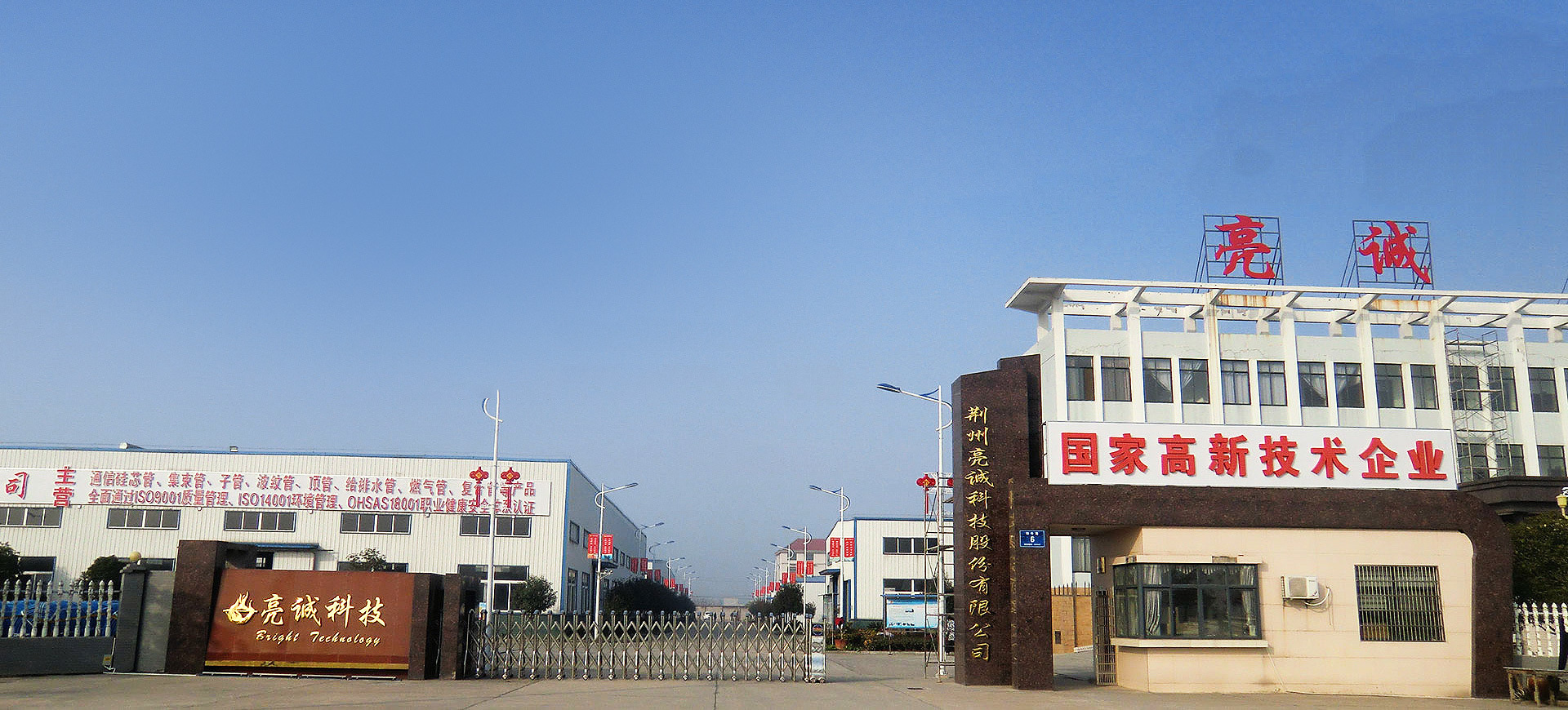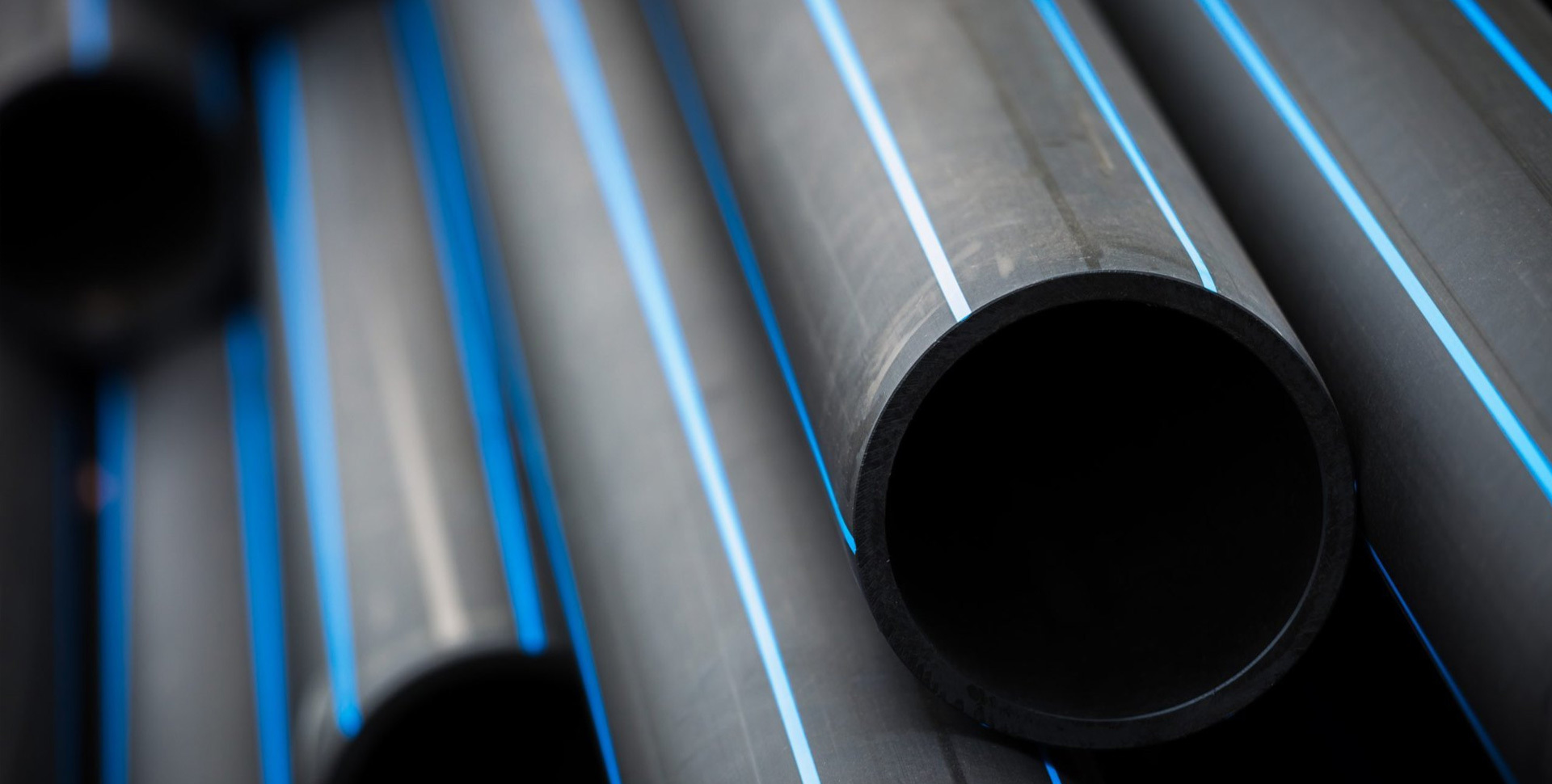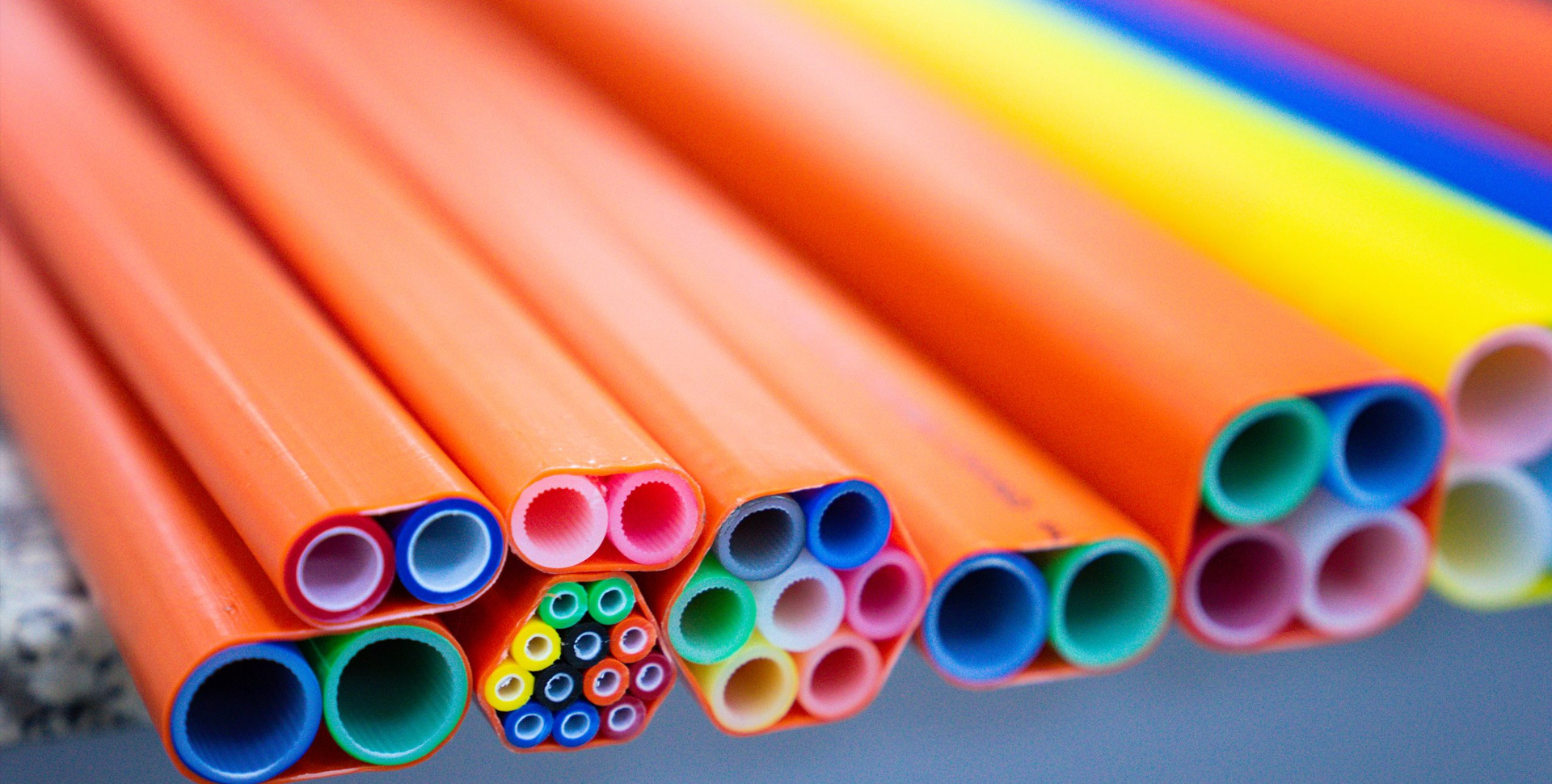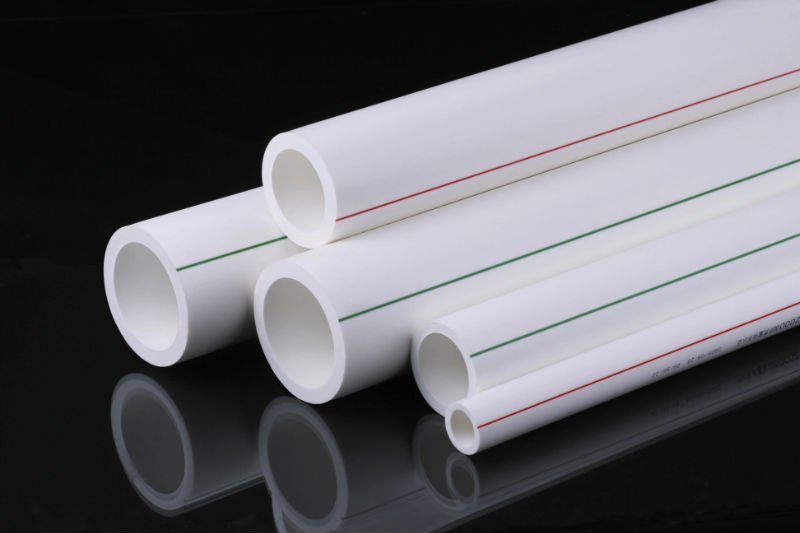The Future is Clear: Harnessing Optical Fiber Communication with Cluster Tubes
Jan 20,2025
The Future is Clear: Harnessing Optical Fiber Communication with Cluster Tubes
Table of Contents
- 1. Introduction to Optical Fiber Communication
- 2. What Are Optical Fiber Communication Cluster Tubes?
- 3. Benefits of Using Cluster Tubes in Optical Fiber Communication
- 4. Applications of Optical Fiber Communication Cluster Tubes
- 5. Installation Techniques for Optical Fiber Cluster Tubes
- 6. The Future of Optical Fiber Communication: Trends and Innovations
- 7. Challenges in Implementing Optical Fiber Cluster Tubes and Solutions
- 8. Frequently Asked Questions
- 9. Conclusion: Embracing the Future of Connectivity
1. Introduction to Optical Fiber Communication
In today's fast-paced, interconnected world, the demand for high-speed data transmission continues to rise. **Optical fiber communication** has emerged as a game-changing technology, providing unparalleled speed and bandwidth compared to traditional copper cables. At the heart of this innovation lies the concept of **cluster tubes**, which serve as a sophisticated solution for organizing and protecting optical fibers.
This article explores the significance of optical fiber communication cluster tubes, their benefits, applications, installation techniques, and the future of this technology. By understanding these aspects, we can appreciate how cluster tubes are set to shape the landscape of telecommunications and data networking.
2. What Are Optical Fiber Communication Cluster Tubes?
**Optical fiber communication cluster tubes** are specialized conduits designed to house multiple optical fibers. These tubes are made from durable materials that protect the fibers from environmental factors, such as moisture, dust, and physical damage. Typically, cluster tubes are used in conjunction with **fiber optic cables**, allowing for efficient organization and management of multiple fibers within a single assembly.
### h3>Design and Structure of Cluster Tubes
Cluster tubes come in various designs, accommodating different fiber counts and configurations. They can include features like:
- **Loose Tube Design:** Allowing for fibers to move freely within the tube, minimizing stress and bending.
- **Tight Buffered Design:** Providing added protection and ease of handling for each individual fiber.
- **Water-blocking Technology:** Offering enhanced protection against moisture ingress.
The specific design chosen depends on the intended application and environmental conditions, ensuring optimal performance and longevity.
3. Benefits of Using Cluster Tubes in Optical Fiber Communication
Utilizing optical fiber communication cluster tubes presents numerous advantages for both installation and operational efficiency:
### h3>Enhanced Signal Integrity
Cluster tubes help maintain signal integrity by minimizing bends and stresses on the fibers. This feature significantly reduces the risk of signal loss, ensuring high-quality data transmission.
### h3>Improved Organization and Maintenance
By grouping multiple fibers within a single tube, cluster tubes facilitate better organization. This arrangement simplifies installation and maintenance, allowing technicians to quickly identify and access specific fibers when needed.
### h3>Increased Durability and Protection
The robust materials used in cluster tube construction provide excellent protection against environmental hazards. This durability extends the lifespan of the fibers, making optical fiber communication systems more reliable.
### h3>Cost-Effectiveness
Although the initial investment in optical fiber technology may be higher than traditional copper systems, the long-term benefits, including reduced maintenance costs and enhanced performance, make cluster tubes a **cost-effective** solution.
4. Applications of Optical Fiber Communication Cluster Tubes
The versatility of optical fiber communication cluster tubes allows their use in various applications across different industries:
### h3>Telecommunications
In the telecommunications sector, cluster tubes are instrumental in creating reliable high-speed networks. They support the backbone of internet infrastructure, enabling faster data transfer for consumers and businesses alike.
### h3>Data Centers
Data centers rely heavily on optical fiber technology for interconnecting servers and storage devices. Cluster tubes play a vital role in maintaining efficient data flow and ensuring minimal latency.
### h3>Smart Cities
As cities evolve into smart ecosystems, the demand for robust communication networks increases. Cluster tubes facilitate the implementation of smart technologies, enabling seamless communication between devices and infrastructure.
### h3>Industrial Automation
In manufacturing and industrial settings, optical fiber communication cluster tubes are used to connect machinery and control systems. This technology enhances automation efforts and improves operational efficiency.
5. Installation Techniques for Optical Fiber Cluster Tubes
Proper installation techniques are crucial for maximizing the performance and durability of optical fiber communication cluster tubes. Here are some essential strategies to consider:
### h3>Preparation and Planning
Before installation, thorough planning is essential. This process includes assessing the installation environment, determining the required fiber count, and selecting appropriate tube types.
### h3>Proper Cable Management
Implementing effective cable management practices helps prevent tangling and physical stress on the fibers. Techniques such as using cable trays and racks can significantly enhance organization.
### h3>Knowledge of Fiber Handling
Understanding proper fiber handling techniques is critical to avoid damaging the delicate strands during installation. This knowledge includes recognizing the minimum bend radius and avoiding excessive force when routing fibers.
6. The Future of Optical Fiber Communication: Trends and Innovations
The field of optical fiber communication is constantly evolving, driven by technological advancements and increasing demand for data transmission. Some notable trends and innovations include:
### h3>5G and Beyond
The rollout of **5G technology** necessitates the expansion of optical fiber networks. Cluster tubes will play a crucial role in supporting the dense infrastructure required for ultra-fast wireless communication.
### h3>Increased Fiber Counts
As data demands grow, so does the need for higher fiber counts within cluster tubes. Innovations will focus on developing tubes that can accommodate a greater number of fibers while maintaining performance and reliability.
### h3>Hybrid Technologies
The integration of fiber optic and wireless technologies is on the rise. Future developments will likely see enhanced collaboration between these two mediums to create more efficient communication systems.
7. Challenges in Implementing Optical Fiber Cluster Tubes and Solutions
Despite the advantages of optical fiber communication cluster tubes, some challenges persist:
### h3>Installation Complexity
The installation of cluster tubes can be complex, requiring skilled technicians. Investing in training programs and employing experienced personnel can mitigate this issue.
### h3>Cost Considerations
While cluster tubes offer long-term savings, the upfront costs can be a barrier for some organizations. Exploring financing options and phased implementation can help alleviate financial concerns.
### h3>Technology Adoption
Resistance to adopting new technologies can hinder progress. Providing education on the benefits of optical fiber communication can help foster acceptance among stakeholders.
8. Frequently Asked Questions
**Q1: What are the main advantages of optical fiber communication over copper?**
A1: Optical fiber communication offers higher bandwidth, faster speeds, longer transmission distances, and reduced signal loss compared to copper cables.
**Q2: How do cluster tubes protect optical fibers?**
A2: Cluster tubes provide a protective barrier against environmental factors, physical damage, and moisture, ensuring the integrity of the optical fibers.
**Q3: Can optical fiber communication cluster tubes be used in outdoor environments?**
A3: Yes, cluster tubes designed for outdoor use are constructed with materials that can withstand harsh weather conditions and environmental hazards.
**Q4: How do I choose the right type of cluster tube for my application?**
A4: Consider factors such as fiber count, installation environment, and specific performance requirements when selecting the appropriate cluster tube.
**Q5: What is the future of optical fiber technology?**
A5: The future of optical fiber technology includes advancements in fiber counts, integration with wireless technologies, and support for emerging applications like 5G.
9. Conclusion: Embracing the Future of Connectivity
The future of optical fiber communication is undeniably promising, with cluster tubes playing a pivotal role in shaping the industry. Their ability to enhance data transmission, improve organization, and provide robust protection makes them an invaluable asset in modern telecommunications and data networking.
As we continue to witness rapid advancements in technology, embracing innovations like optical fiber communication cluster tubes will be essential for organizations striving to maintain a competitive edge. By investing in these solutions, we can ensure a more connected and efficient future for all.
Latest News

